Purpose
In this exercise delegates get to practice writing stories by creatively adding their own extensions to a series of stories and collectively develop them. This is an ideal exercise for creative participation or for coming up with bold and unusual dramatic ideas for making stories. It can be used for any kind of creative expression or storytelling such as illustrations, comics, films, theatre, animations, etc.
Objective
Participate with each other to write a story sequentially.
What You Need
- A stack of blank cards the size of a standard post card.
- Blank flipcharts
- Glue
Setup
- Get all the delegates to sit around a large table. Place the stacks of cards around so they can easily access them.
- Distribute a blank card to each delegate.
- Explain that they will be making several stories collectively in this exercise.
- Ask each person to pick up a blank card. Nominate one person as A and the person on his left as B, then C and so on until everyone knows their letter.
- Ask them to write their letters at the top-centre of their blank cards. Ask them to write “1” next to their letters as well so that at this point the cards are A1, B1, C1, …
- Ask them to write the beginning of a story on their cards. They should set the scene by describing the environment and introduce only one character.
- Allocate about 2 minutes.
- Ask delegates to pass their cards to the person on their left.
- Each person should read the story and then decide on how to continue it. They should write their stories on a new blank card. Ask them to consider the following:
- Don’t take the story too far off the main course.
- Stay in the same original environment.
- Aim to have a maximum of three characters. If all three are introduced already you should not introduce any more. Instead you should explore their interactions.
- They should title their blank cards as the next in sequence. For example, if someone has B1, he should call his new card B2.
- Allocate 2 minutes.
- Collect all the series 1 cards, A1, B1, C1, etc. from all delegates.
- Ask them to pass their series 2 cards (A2, B2, C2, etc.) to the person on their left.
- Delegates can now continue with the same process by extending the story and calling their cards A3, B3, C3 and so on.
- Continue for 6 rounds. At the end you should end up with as many complete stories as you have delegates (each complete story is identified by the letter).
- In each round, you collect a series of cards. While delegates are busy writing the next piece of their stories, stick the collected cards on a series of flipcharts in sequence. Place A1, B1, C1,… at the top. Place A2, B2, C2,… in the second row and so on until each story is presented vertically.
- Once you have placed the last pieces of the stories on the flipcharts, it is time to see how the stories have developed.
- Nominate delegates at random to read one complete story (A1, A2, A3,…) from the flipchart for the whole class.
- Encourage the class to comment on the development of the story or the creative process. There will be lots of laughs but also the technique shows how easily a story can be made out of almost nothing and how people can expand it.
- Follow with a discussion.
Timing
Explaining the Exercise: 2 minutes
Activity: 6 rounds of writing * 2 min + 10 min reading stories = 22 minutes (depends on the number of delegates)
Group Feedback: 10 minutes
Discussion
What did you think of the story that you have started? Could you imagine that it would continue as it did? What ideas or developments were most interesting to you? What development or writing techniques have inspired you the most?
Variations
A similar popular exercise is to go through extending stories verbally one after the other. This exercise in contrast allows people to be as creative as they want to be while allowing them to think and construct the next extension without peer pressure or judgement.
You can vary this exercise using the following:
- Increase the number of rounds to extend the exercise and allow more elaborate stories.
- Modify restrictions. Examples:
- There can be only 2 characters
- The story must take place in an imaginary world
- The story must end positively
- One of the characters must die
- Two characters must get engaged during the story
- One of the characters should be a suicidal history professor
- At the beginning of round 3, announce that there was suddenly a devastating earthquake and the characters need to deal with the consequences. The class will then end up with a series of unrelated stories that all connect together in round 3 because of the earthquake.
Soft Skills Training Materials
Get downloadable training materials
Online Train the Trainer Course:
Core Skills
Learn How to Become the Best Trainer in Your Field
All Tags
Training Resources for You
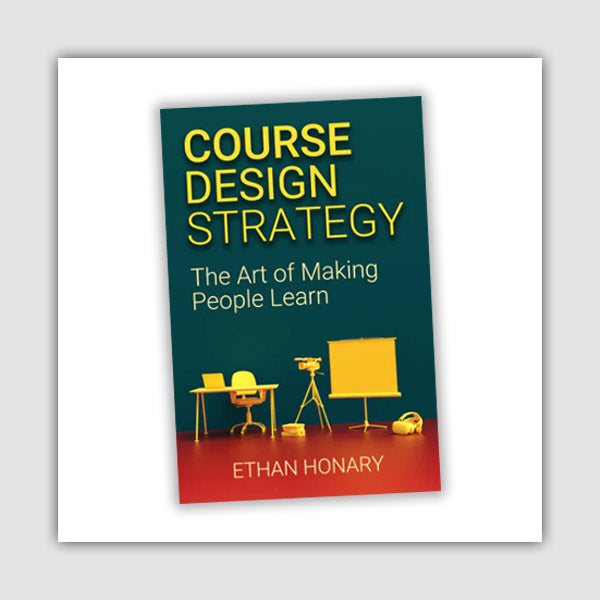
Course Design Strategy
Available as paperback and ebook

Free Training Resources
Download a free comprehensive training package including training guidelines, soft skills training activities, assessment forms and useful training resources that you can use to enhance your courses.

Our Comprehensive Guide to Body Language

Train the Trainer Resources
Get Insights - Read Guides and Books - Attend Courses
Training Materials
Get downloadable training materials on: Management Training, Personal Development, Interpersonal Development, Human Resources, and Sales & Marketing





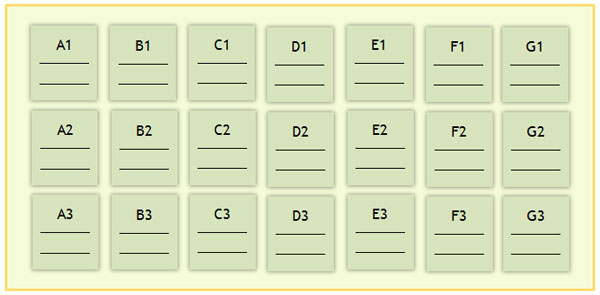


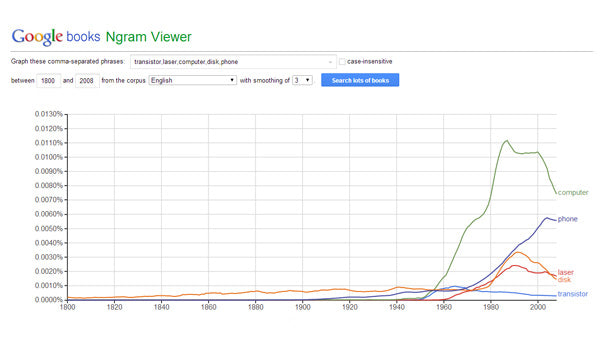



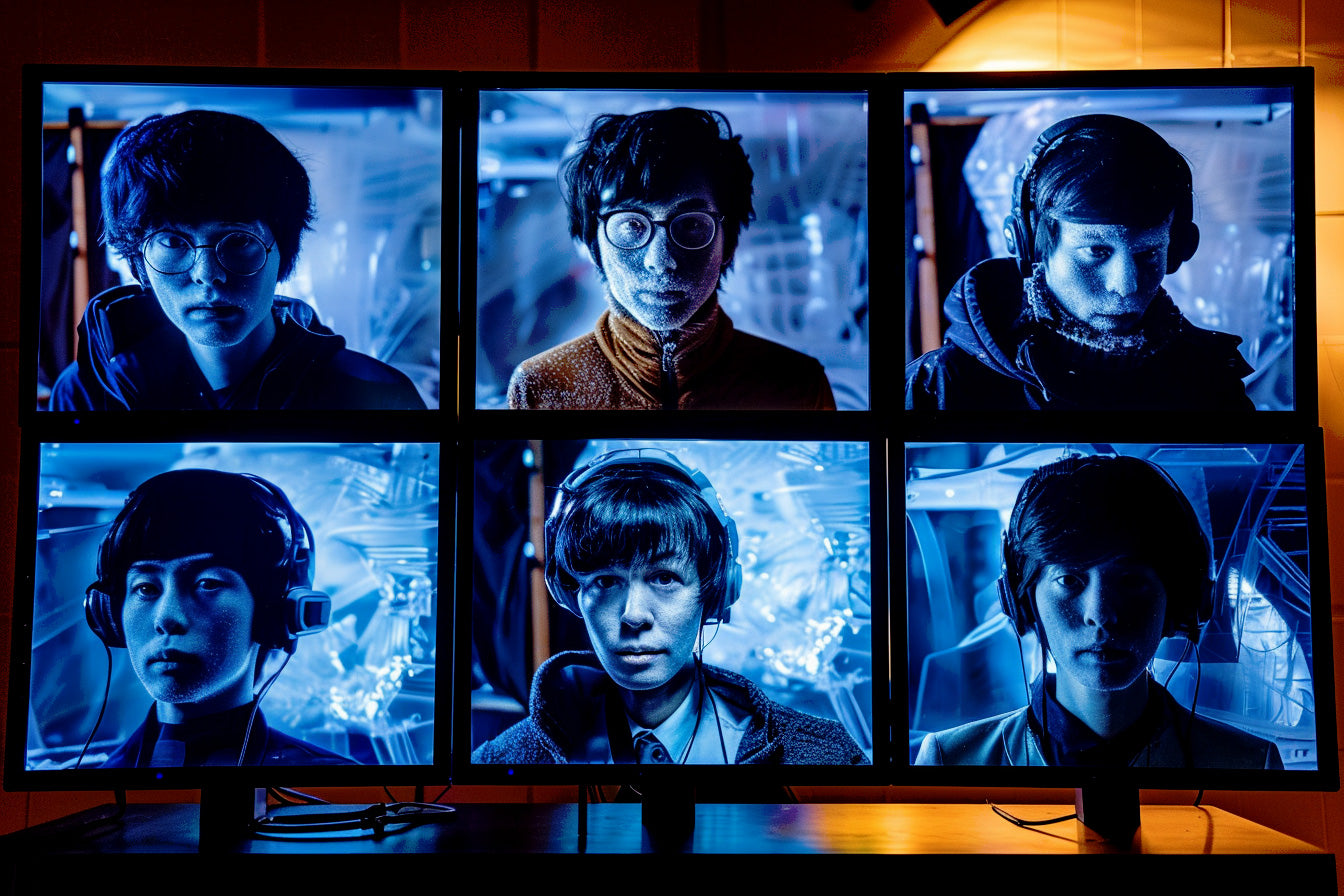
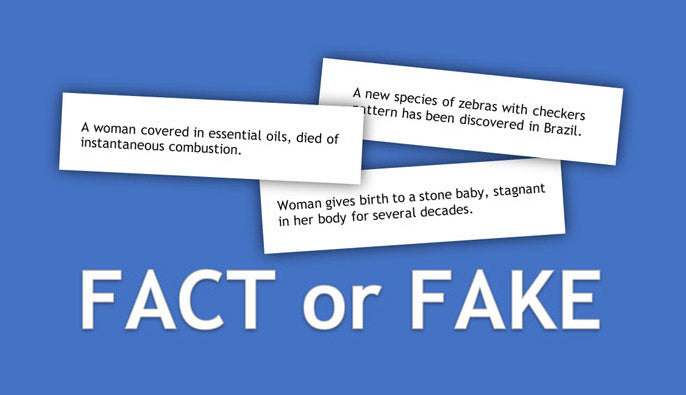
Leave a comment
All comments are moderated before being published.
This site is protected by reCAPTCHA and the Google Privacy Policy and Terms of Service apply.